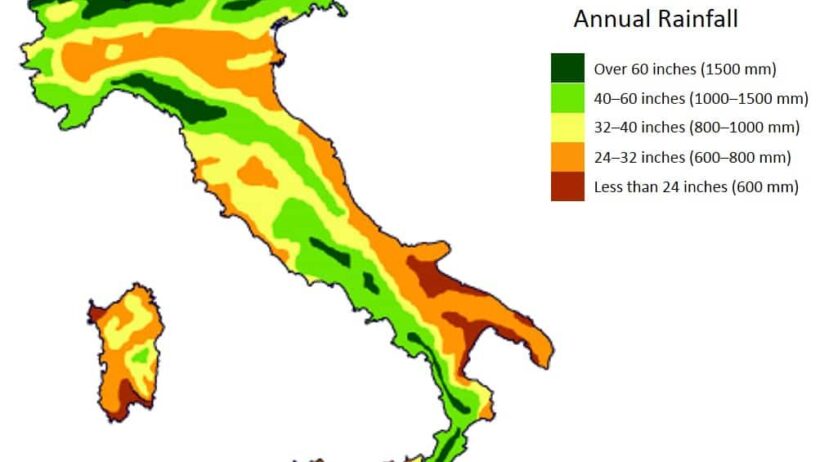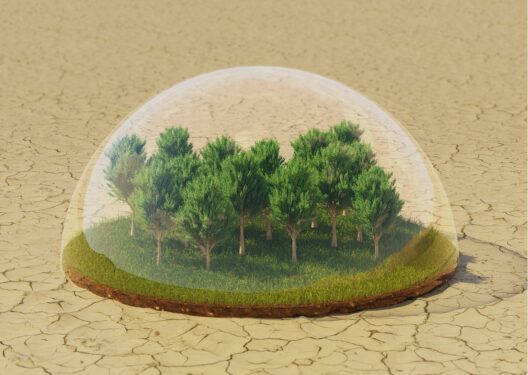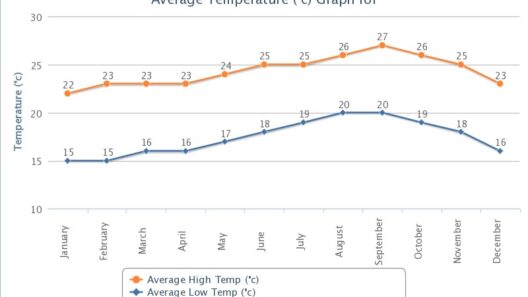Italy, a nation renowned for its rich history, exquisite cuisine, and cultural heritage, is equally distinguished by its diverse and multifaceted climate. Spanning from the Alpine peaks in the north to the sun-soaked Mediterranean coast in the south, the Italian climate is an intricate tapestry woven together by various geographical and meteorological elements. To fully appreciate this climatic diversity, it is imperative to explore the distinct climatic zones and their implications on both the environment and human activity.
At the northernmost reaches of Italy, the formidable Alps dominate the landscape. This region experiences a Continental climate characterized by cold winters and warm summers. The precipitation levels are notably high, especially during the summer months when thunderstorms frequently emerge. These climatic conditions are conducive to abundant snowfall during winter, which in turn fuels the glacial rivers that course through the valleys, providing vital water resources for countless ecosystems. As the ice melts in the spring and summer, the rivers swell, nurturing the fertile soils that sustain agriculture. Notably, the vineyards in regions like Alto Adige benefit from this unique climatic interplay, producing wines celebrated for their crispness and minerality.
Venturing southward, the climate transitions dramatically. The Po Valley, with its fertile plains, lies beneath a slate-gray sky, often shrouded in fog throughout the autumn and winter months. Here, the climate is classified as Humid Subtropical, with hot, humid summers that contrast sharply with chilly, damp winters. The agricultural practices in this region have adapted to these seasonal swings, cultivating a variety of crops, including rice, which thrives in the paddies nurtured by the region’s extensive irrigation systems.
As one traverses further south, the climate gradually morphs into a Mediterranean climate, marked by hot, dry summers and mild, wet winters. This characterization is especially true for regions such as Tuscany and Lazio. The architectural splendor seen in these areas can be attributed, in part, to this climate. Olive groves and vineyards flourish under the intense summer sun, producing some of the world’s finest wines and olive oils. Additionally, the golden hues of the Tuscan landscape during the summer evoke a natural beauty that draws both tourists and artists alike.
However, as one approaches the southern tip of Italy and the islands of Sicily and Sardinia, the Mediterranean climate further intensifies. Characterized by scorching temperatures that can exceed 100°F (38°C) during the peak summer months, these areas are somewhat harsher. Yet, the unique microclimates created by varying altitudes and proximity to the sea lead to an astonishing variety of flora and fauna. The cultivation of citrus fruits—lemons and oranges flourishes here, their zesty flavors infused into both local cuisine and culture. Moreover, the salt-laden breezes nourish a specific biodiversity, boosting the resilience of native species while simultaneously posing challenges from invasive species.
The impacts of climate change on Italy’s diverse climatic zones cannot be overstated. As global temperatures rise, the melting of Alpine snowpack presents a serious concern for water resources. Glacial retreat has perplexed scientists, as the long-term implications threaten both the environment and the economy hinged on tourism and agriculture. The droughts witnessed in southern Italy have exacerbated existing agricultural challenges, making it increasingly difficult for farmers to sustain their livelihoods. Water scarcity, once a mere seasonal concern, has evolved into a constant threat. This urgent reality underscores the need for sustainable water management practices and reinforcement of resilience against climatic extremes.
Furthermore, the burgeoning incidence of extreme weather events has rendered Italy’s climate increasingly unpredictable. More frequent heatwaves, intense storms, and erratic rainfall patterns prompt calls for recalibrating agricultural strategies to ensure food security. The challenge lies in adapting traditional agricultural practices to remain viable amidst shifting climatic conditions. This is not merely an environmental concern but a socio-economic imperative that warrants immediate attention.
Despite the inherent challenges posed by Italy’s climatic variability, there remains an indomitable spirit of innovation and adaptation among the local communities. Steps are being taken to implement more sustainable agricultural practices, such as organic farming and water conservation techniques. Local governments and organizations increasingly foster initiatives focusing on reforestation and sustainable land management, promoting biodiversity and ecological resilience within the context of climate change.
In conclusion, Italy’s climate, ranging from the snowy Alps to the radiant Mediterranean, is a testament to the country’s ecological richness and diversity. However, with the specter of climate change looming large, a paradigm shift is necessary to navigate the tumultuous waters ahead. The nation stands at a crossroads; the landscape and its people must devise innovative strategies to mitigate the impacts of climate change while preserving the unique cultural and environmental heritage. Italy’s climate is not just a backdrop; it is an evolving narrative that demands attention, action, and, above all, an unwavering commitment to sustainability.








